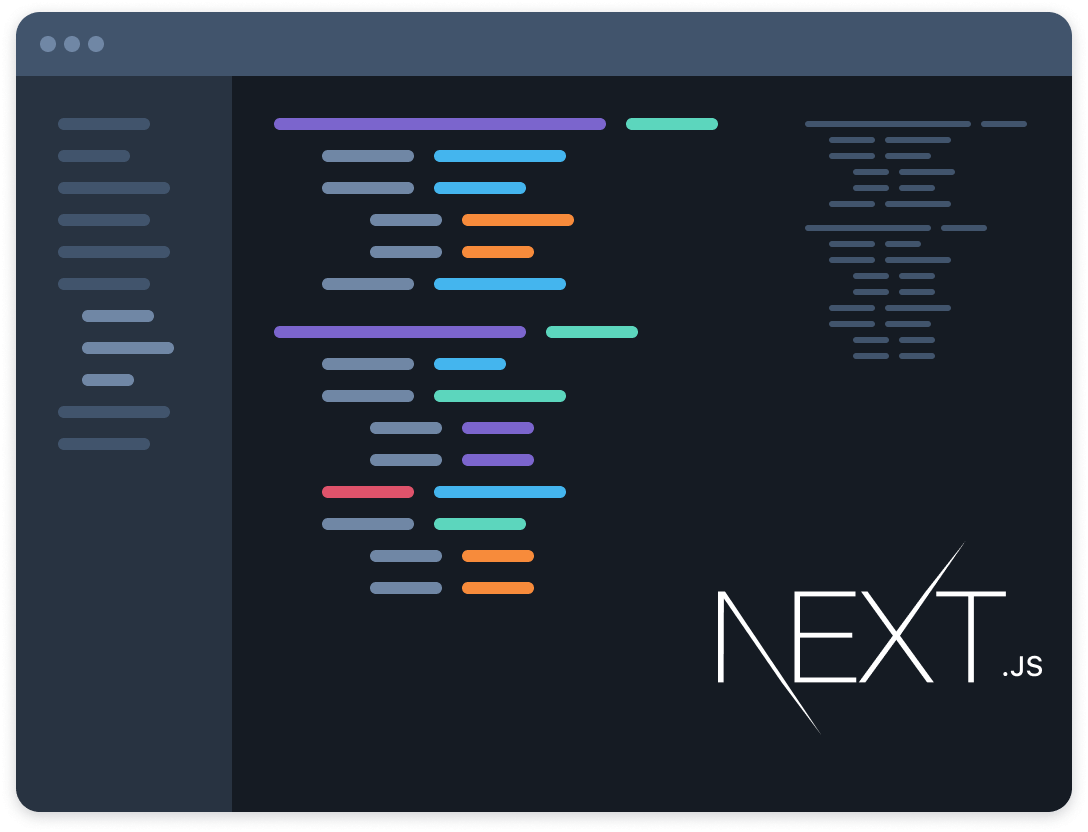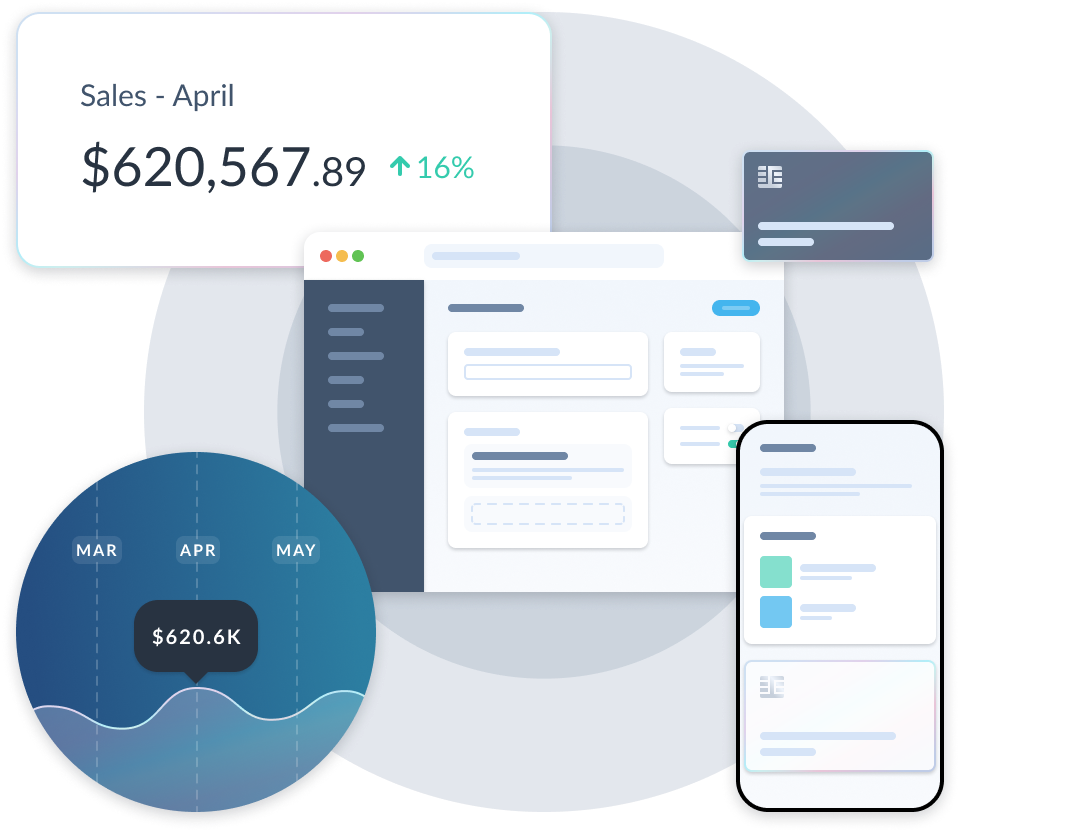Why choose Next.js for your next eCommerce application

What is Next.js
Next.js is an open-source React based JavaScript framework created by Vercel.
A next generation framework, Next.js allows you build server-side rendered and statically generated (pre-rendered) web applications using React. It’s a powerful and rapidly evolving tool to build your next website with, as it does a lot of the heavy lifting for you right out of the box.
Is Next.js a good framework for eCommerce?
If you’re building a React application, Next.js gives you a lot to work with, including server-side rendering, static-site generation, and serverless functions. It’s a great framework choice for any type of website, so what specifically makes Next.js well suited for commerce ?
Next.js boasts many features that align with the specifications required for eCommerce projects, including; Live collaboration tooling, image optimization for seamless product discovery, built-in internationalization for global brands, and built-in analytics to help you optimize the performance of your site.
Simply put, Next.js abstracts a lot of the complexity away for you as you build your application, all for free. Let’s unpack a few of the features of Next.js and learn why they are important to consider when developing an eCommerce application.
Next.js Live
Projects succeed when marketing, design, and development can seamlessly collaborate. Next.js Live, creates a live URL for your project that you can share, chat, draw, and edit code directly in the browser.
By leveraging cutting-edge technologies like Service Workers, WebAssembly, ES Modules, Sucrase, and Tailwind JIT, everything that's possible when you run Next.js on your machine is now also possible in the context of remote collaboration. For eCommerce teams, Live makes feedback loops tight and fast, and even supports collaboration offline. Currently Live requires a Vercel account to use, but when open sourced, other hosting providers should become available to leverage Live.

Image optimization
For every second it takes to load a page conversions are reduced by 7%, meaning page speed = money for eCommerce websites. Next.js has made image loading and image performance a first class citizen as part of any project. Their Automatic Image Optimization works with any image source (eg CMS, data source, etc), optimizes images on-demand, and lazy loads images only when the customer browses (requests) them.
Because Next.js handles these image optimizations with performance in mind, their sites are inherently fast to load, which translates into a better product discovery experience for consumers and higher conversion rates.

Internationalization
Commerce businesses have incredible reach to a global audience of consumers. But to make an eCommerce website relevant to a global market, the content, products, and checkout forms all need to be served in the native language of the consumer.
Next.js’s built-in internationalization routing means you can statically serve different languages on your site, at build time, in record speed. Pretty awesome right?
SEO
More traffic to your site, means more sales. Next.js not only makes your site easy to crawl for search engines, but caters to the on-page UX elements which impact SEO. For example, images are always rendered in such a way as to avoid Cumulative Layout Shift , a Core Web Vital that Google has started to use in search ranking.

Analytics
Understanding the performance of your application and how customers are using it is crucial to any eCommerce business. Next.js Analytics helps you understand key metrics like:
- Application load time
- User experience score
- Visual stability
The Next.js team worked closely with Google in conjunction with the Web Performance Working Group to bring Analytics to life.
Next.js Analytics collects these metrics and calculates a Real Experience Score, providing an indication of your application’s performance and usability. Application analytics support gives your eCommerce business an edge, as you can quickly identify where optimizations need to be made so shoppers continue to have the best shopping experience.

Next.js caveats
There aren't many downsides, but depending on your stack, Next.js might not be the right framework for you. To leverage the full feature set of Next.js, you’ll need to use a hosting provider like Vercel or Netlify. Hosting a Next.js website yourself would take a few extra steps, mainly in support of serverless functions.
There are a number of alternative hosting options, such as AWS Lambda, Google Cloud Functions, or CloudFlare Workers.
If you are deeply tied to the AWS ecosystem, consider AWS Amplify as it has a lot of the same CI/CD you’d expect from Vercel/Netlify.
Why we love Next.js at Commerce.js
Next.js is driven by a disciplined and measured approach to making web development faster for teams. We love the direction Next.js is taking, with their alignment with commerce being a real plus. Their rapidly growing community means there are a lot of resources and support out there for developers who are building modern web applications.
We’ve throughly enjoyed building our open source demo store, and open source starter kit with Next.js, and continue to be impressed by the framework with each release.

Start building with Next.js today
Launch a next generation eCommerce experience with Next.js and Commerce.js in record time. Check out our Next.js guides and videos or start with one of our open source projects.

